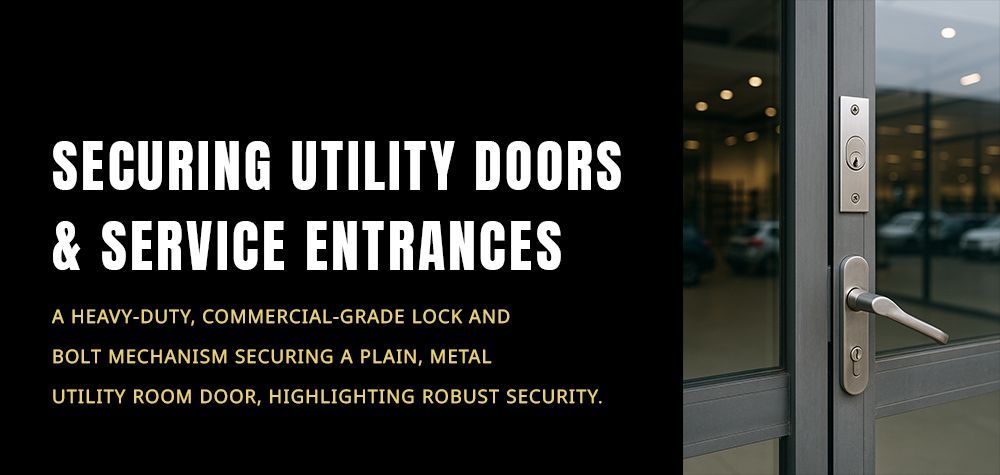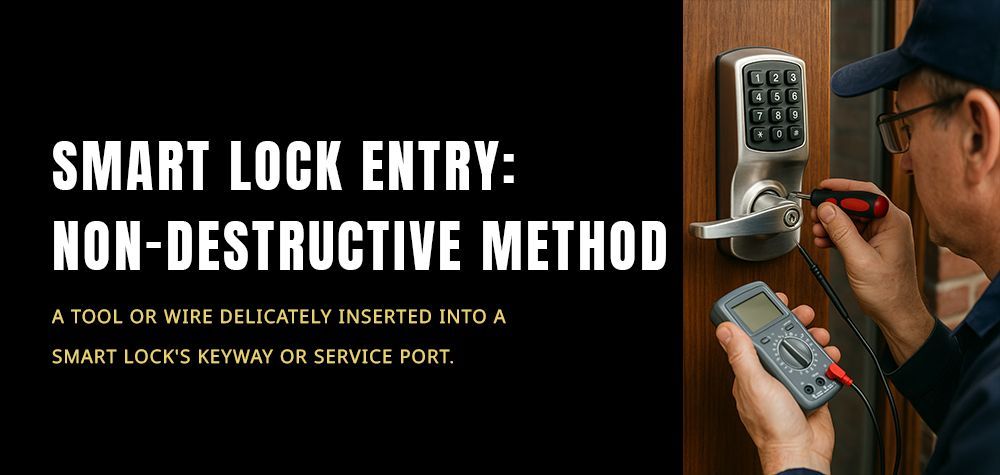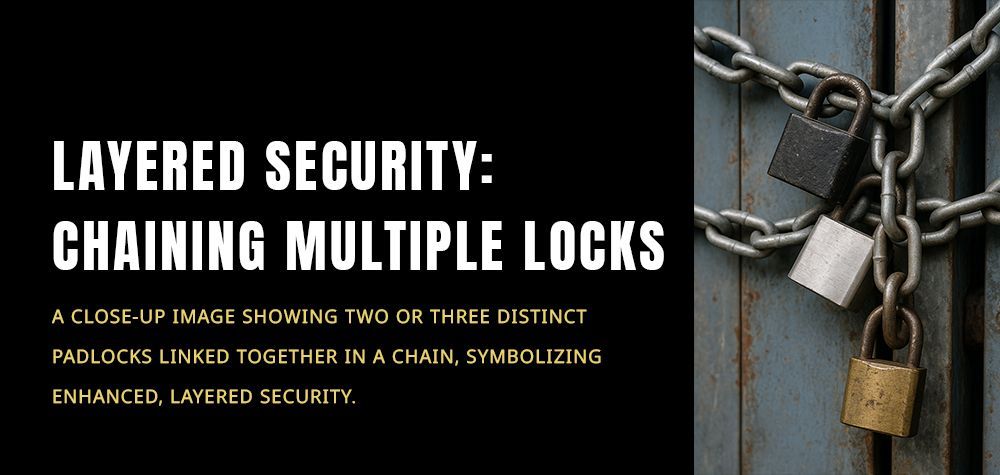Are Smart Locks Hack-Proof? Security Risks You Should Know
Smart locks have revolutionized home security, offering keyless convenience, remote access, and integration with smart home systems. Whether you’re managing rental properties, frequently forget your keys, or simply love the idea of controlling access via your phone, smart locks seem like the future. But the big question remains—are smart locks truly secure? Can they be hacked? Let’s dive into the risks, vulnerabilities, and how to make these devices as secure as possible.
Smart Locks vs. Traditional Locks: Which One Is Right for You?
Understanding How Smart Locks Work
Unlike traditional locks that rely on physical keys, smart locks use digital authentication methods like PIN codes, biometric scans, Bluetooth, Wi-Fi, or even voice recognition. Some models can integrate with home automation systems, allowing remote access through mobile apps. The technology sounds futuristic, but as with anything connected to the internet, there’s always a risk.
Are Smart Locks Really Hack-Proof?
No security system is 100% foolproof, and that includes smart locks. The term “hack-proof” is often misleading because any device that relies on digital technology can theoretically be exploited. However, the security of a smart lock depends largely on the strength of its encryption, the security protocols it follows, and how it interacts with other connected devices.
Common Security Risks of Smart Locks
1. Weak Passwords and PIN Codes
Many smart locks rely on PIN codes or passwords for access. If these are weak (like 1234 or 0000) or are shared with multiple people, the lock becomes vulnerable. Hackers use brute force attacks or guess commonly used codes to gain access.
2. Bluetooth and Wi-Fi Vulnerabilities
Smart locks using Bluetooth can be susceptible to relay attacks, where hackers intercept signals between the phone and the lock to unlock doors. Wi-Fi-enabled locks are even more at risk since they connect to the internet, making them potential targets for remote hacking attempts.
3. Malware and Unauthorized App Access
If a hacker gains access to your smartphone or smart home system through malware, they could manipulate the smart lock remotely. This means a compromised phone is just as dangerous as a weak lock.
4. Outdated Software and Firmware
Manufacturers often release updates to patch vulnerabilities, but if homeowners neglect to update their locks, they remain exposed to known security flaws that hackers can exploit.
5. Physical Tampering
While smart locks eliminate traditional key lockpicking, they are still physical devices that can be tampered with. Some poorly designed models can be dismantled easily, exposing internal mechanisms that can be manually overridden.
How to Protect Your Smart Lock from Hacking
1. Use Strong, Unique Passwords
Always set complex passwords for your smart lock app and Wi-Fi network. Avoid predictable PINs and update them regularly.
2. Enable Two-Factor Authentication (2FA)
If your smart lock supports 2FA, enable it. This adds an extra layer of security by requiring a second form of verification before granting access.
3. Regularly Update Firmware and Software
Ensure your smart lock’s software is always up to date to fix security vulnerabilities and improve performance.
4. Avoid Public Wi-Fi for Remote Access
Accessing your smart lock through an unsecured public network increases the risk of interception. Always use a secure, private network or a VPN.
5. Choose a Lock with Strong Encryption
Look for smart locks that use AES-128 or AES-256 encryption, which are industry standards for secure communications.
6. Monitor and Restrict Access
If multiple users have access, regularly review and limit permissions. Some locks offer temporary codes that expire after a set time, which is ideal for guests or service providers.
7. Consider a Hybrid Lock System
Some homeowners opt for hybrid locks that combine smart features with a traditional key backup, ensuring access even if the digital component fails.
Are Smart Locks More Secure Than Traditional Locks?
It depends on how they’re used. Traditional locks can be picked or bumped, but they don’t have the same remote hacking vulnerabilities as smart locks. On the other hand, high-quality smart locks with proper security measures can be harder to break into than standard locks. Ultimately, the best security solution is a combination of both digital and mechanical protections.
Conclusion: Should You Get a Smart Lock?
Smart locks offer unmatched convenience and flexibility, but they’re not foolproof. If you’re considering installing one, choose a reputable brand, follow security best practices, and stay vigilant with updates. While they can be hacked, so can most digital systems—it’s about minimizing risks and using them wisely. When secured properly, smart locks can be a fantastic addition to your home security strategy. So, are they hack-proof? Not entirely. But are they worth it? With the right precautions, absolutely.
Call Us Any Time!









